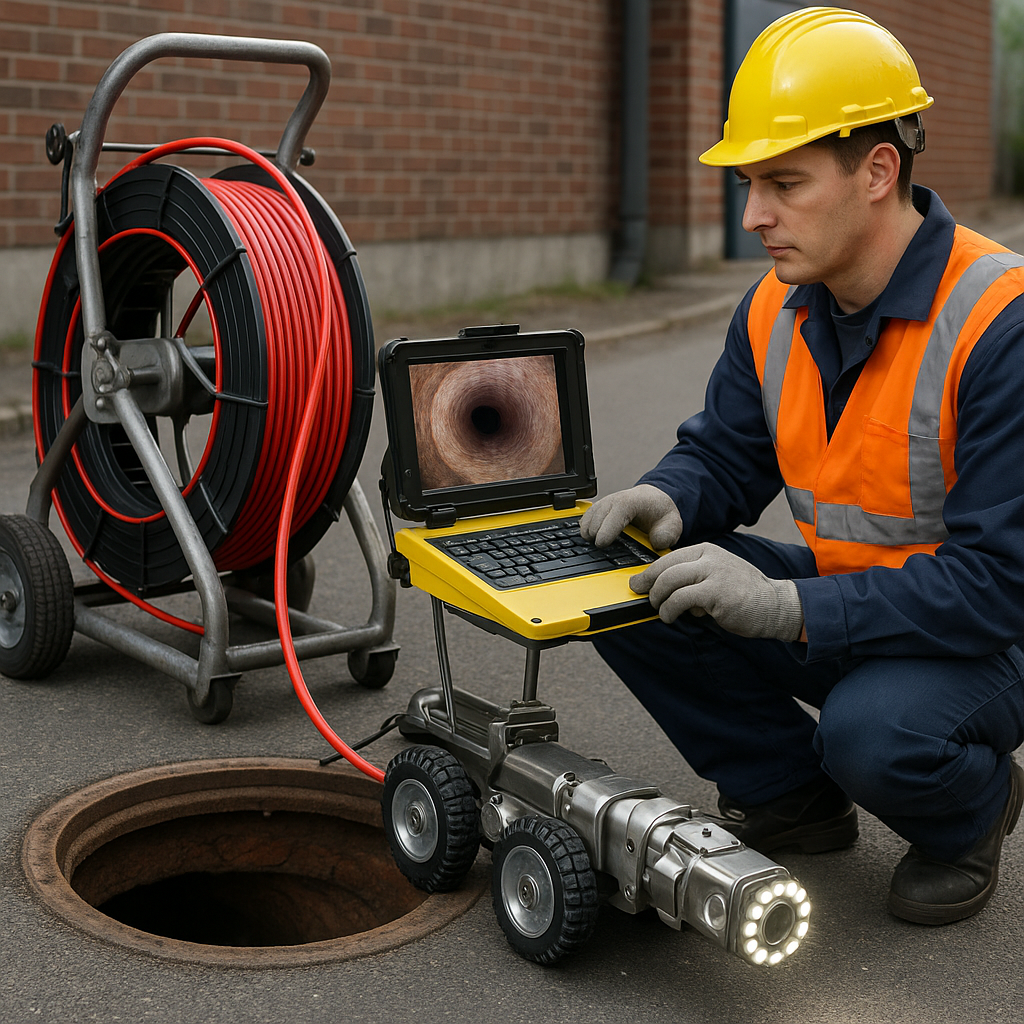Discover Trenchless Sewer Repair Techniques Today
Explore advanced trenchless sewer repair methods enhancing efficiency and compliance in modern sewer systems.

Discover Trenchless Sewer Repair Techniques Today
Introduction
In the ever-evolving world of plumbing and sewer inspection, trenchless sewer repair methods stand out as a revolutionary shift away from traditional, invasive practices. Trenchless technologies are not only efficient but also environmentally friendly, offering a less disruptive solution to sewer line repairs. This article delves into the various trenchless sewer repair methods available today, examining their benefits, practical applications, and current industry trends.
Understanding Trenchless Sewer Repair
What is Trenchless Sewer Repair?
Trenchless sewer repair refers to a group of minimally invasive techniques used to repair or replace underground pipes without the need for extensive digging. This approach reduces the disruption to landscapes, driveways, and buildings typically associated with traditional sewer repair methods.
Key Benefits of Trenchless Methods
- Reduced Environmental Impact: By minimizing excavation, trenchless methods protect the surrounding environment and reduce the carbon footprint.
- Cost-Effective: Although the initial investment may be higher, long-term savings are realized through reduced labor and restoration costs.
- Time-Saving: Repairs can be completed faster than traditional methods, minimizing downtime and inconvenience.
- Enhanced Safety: Decreased need for manual excavation reduces the risk of onsite accidents.
Popular Trenchless Sewer Repair Techniques
1. Pipe Lining (Cured-in-Place Pipe)
Pipe lining, also known as cured-in-place pipe (CIPP), involves inserting a flexible liner coated with a resin into the damaged pipe. Once in place, the liner is inflated and cured, forming a solid, durable new pipe within the old one.
Advantages of Pipe Lining
- Durability: The new liner can last up to 50 years.
- Minimal Disruption: Requires only small access points.
- Versatility: Suitable for various pipe materials and sizes.
2. Pipe Bursting
Pipe bursting is a method where a new pipe is pulled through the old one, fracturing the existing pipe and replacing it simultaneously.
Advantages of Pipe Bursting
- Complete Replacement: Provides a brand-new pipe without excavation.
- Increased Capacity: New pipes can be of equal or greater diameter.
3. Slip Lining
Slip lining involves inserting a smaller diameter pipe into the existing pipe, effectively creating a new line within the old structure.
Advantages of Slip Lining
- Cost-Effective: Simple and less expensive than other methods.
- Quick Installation: Rapid process suitable for long pipe sections.
Trends and Innovations in Trenchless Technology
Advanced Inspection Systems
The integration of multi-sensor robotic systems, LiDAR, and high-definition cameras has revolutionized sewer inspections. These technologies offer precise diagnostics, enhancing the effectiveness of trenchless repairs.
3D Mapping and Visualization
Tools like Elios 3 provide real-time 3D representations of sewer lines, improving geolocation accuracy and fault monitoring, crucial for planning effective trenchless repairs.
Compliance and Safety in Trenchless Repairs
Navigating Regulations
Compliance with local, state, and federal regulations is essential. Using advanced inspection technologies helps document repairs to meet EPA standards, reducing environmental risks.
Ensuring Worker Safety
Trenchless methods significantly improve worker safety by reducing the need for manual excavation, thereby lowering the risk of accidents.
Practical Tips for Implementing Trenchless Repairs
- Conduct a Thorough Inspection: Utilize advanced inspection technology to assess the condition of sewer lines accurately.
- Choose the Right Method: Select a trenchless method that suits the specific needs of the repair, considering factors such as pipe material and location.
- Work with Certified Professionals: Ensure the team handling the repair is experienced and certified in trenchless technologies.
Conclusion
Trenchless sewer repair methods represent the future of efficient, cost-effective, and environmentally friendly plumbing solutions. By staying informed about the latest technologies and industry trends, professionals can enhance their service offerings and provide superior solutions to their clients.
References
- Industry reports and case studies on trenchless technology advancements.
- Interviews with leading professionals in the plumbing and sewer inspection sectors.